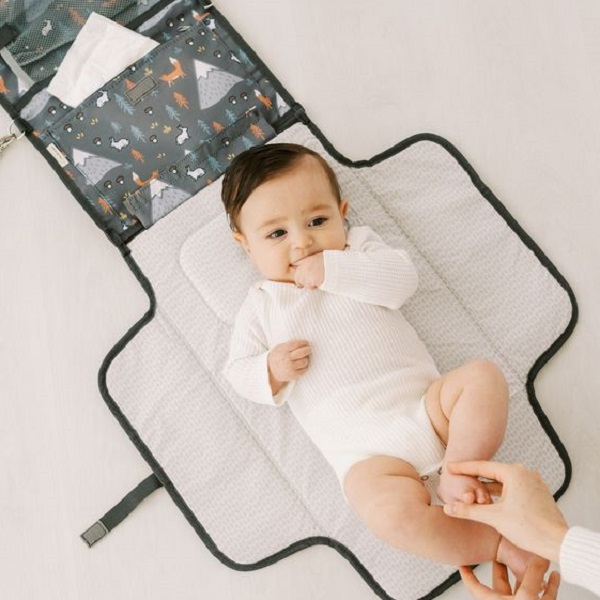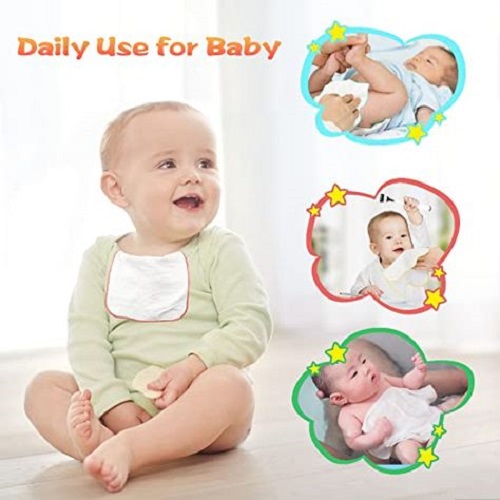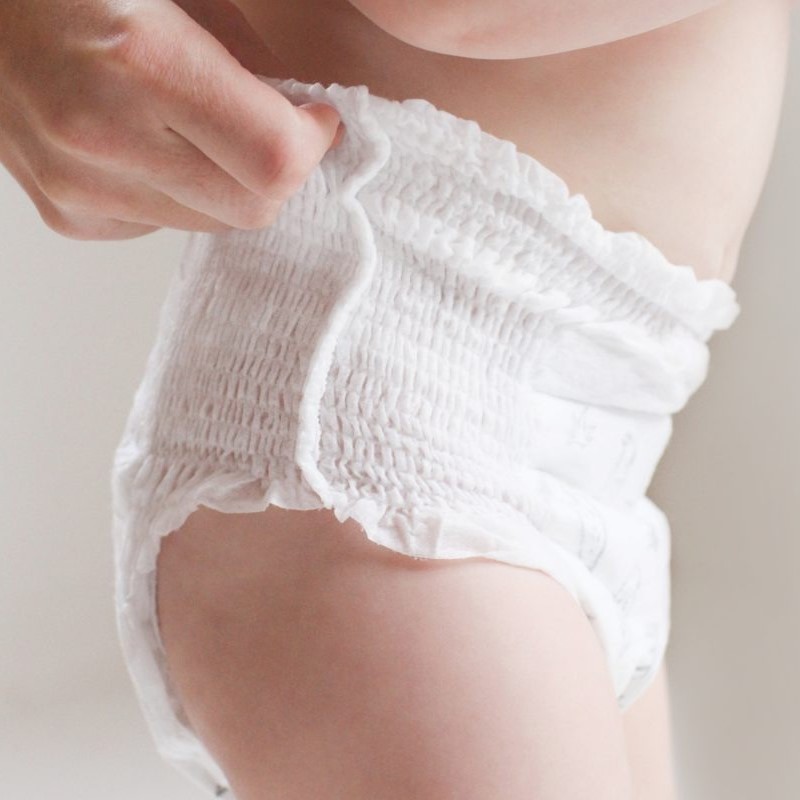Newborn Diaper Change Frequency
How often should i change my newborns diaper? When it comes to newborns, diaper changing is a frequent task. You may need to change your newborn’s diaper around eight to ten times a day. Newborns typically pee every one to three hours and may have up to five bowel movements daily. Early on, it’s best to change diapers often, about every two to three hours. This frequency helps prevent diaper rash and keeps your baby comfortable.
Remember, leftover bacteria from a soiled diaper can lead to infections, especially in baby girls. Plus, a timely diaper change can prevent leaks that soil clothes, cribs, and more. For many parents, diaper changes quickly become a routine part of baby care, following a natural schedule aligned with the baby’s needs and habits.
During the first weeks, keeping an eye out for signs that it’s time for a change is crucial. Wetness indicators on diapers can be helpful. These lines change color when the diaper is wet, reducing guesswork. Remember that a dry and comfortable baby is a happy baby, and frequent diaper changes contribute to their overall well-being and health.
So, keep diapers, wipes, and rash ointment at hand. Your little one counts on you for their comfort and care, especially during these early stages of life when they’re most vulnerable.
Indicators for Diaper Changing

How often should i change my newborns diaper? Knowing when to change your newborn’s diaper is key for their comfort and health. With that in mind, here’s what to look for:
- Wetness Indicators: Many diapers have lines that change color when wet. These can signal it’s time for a change.
- Discomfort: If your baby seems fussy or cries more than usual, check their diaper. They may be telling you they’re wet or soiled.
- Visual Checks: Without wetness indicators, open the diaper slightly to see if it’s wet or soiled.
- Smell: Sometimes the scent will alert you that your newborn needs a diaper change.
- Time: Even without clear indicators, stick to changing the diaper every 2-3 hours to prevent rash.
By staying attentive to these signs, you’ll ensure your baby stays dry and comfortable. Remember, reducing the chances of diaper rash and infections starts with timely diaper changes. It may be tempting to wait a bit longer between changes, especially during the night, but keeping a regular changing routine helps maintain your newborn’s hygiene and comfort levels.
Diaper Changing Schedule
Establishing a reliable diaper changing schedule is crucial for maintaining your newborn’s health and comfort. Here’s how you can create an effective routine:
- Post-Feeding Changes: Change your baby’s diaper right before and after feedings to keep them dry and comfortable.
- Pre-Sleep Changes: Ensure a fresh diaper is in place before naptime or bedtime. This helps prevent disturbances from wetness during sleep.
- Wake-Up Changes: Similar to pre-sleep changes, make sure to check and change the diaper first thing as your baby wakes up.
- Set Intervals: Even if the diaper isn’t visibly soiled, stick to changing at least every 2-3 hours during the day to avoid rash and infections.
How often should i change my newborns diaper? Creating a repetitive schedule aligns with the natural needs of your newborn and can make diaper changing a more manageable and routine task. This pattern assists in efficient and timely care, preventing discomfort for your baby.
Nighttime Diaper Changes
As parents, we know that nights are different. When your newborn sleeps, you might ask, ‘Should I wake them for a diaper change?’ Generally, you can let them sleep unless the diaper is very wet or soiled. For wet diapers, use highly absorbent options like Pampers Swaddlers Overnights. They help prevent leaks and keep your baby comfy. But always change them after a poop.
Here are nighttime change tips:
- Before Sleep: Put on a fresh diaper before bedtime to last through the night.
- When They Wake: If your baby wakes up, check the diaper and change if needed.
- Minimize Disturbance: If you must change at night, keep lights dim and movements gentle to soothe them back to sleep quickly.
Remember, healthy sleep is vital for your baby’s growth and development. Nighttime diaper changes should support their sleep, not disrupt it. Stick to these tips, and you’ll handle nighttime changes like a pro.
Adjusting Diaper Changes with Baby’s Growth
As your baby grows, their diaper change needs will evolve. Here’s how to adapt:
- Age Factor: Newborns need more frequent changes than older babies.
- Monitor Habits: Watch how your baby’s habits change with growth.
- Adjust Frequency: Decrease diaper changes as baby grows older and wets less.
- Night Changes: Older babies may need fewer night changes, but keep absorbency in mind.
During the first few months, you’re likely changing your baby’s diaper up to ten times a day. As they grow, they’ll wet their diapers less often, and the frequency of changes will naturally decrease. It’s important to continue checking their diaper every few hours to make sure they’re comfortable and rash-free. When your child reaches milestones such as sleeping through the night or starting potty training, you’ll adjust your approach once again, slowly phasing out diapers.
How often should i change my newborns diaper? Keep in mind that each child is different, and while one baby might need fewer changes at a certain age, another might still require frequent attention. Use your best judgment, consult your pediatrician, and never hesitate to change a diaper if your baby seems uncomfortable or has soiled it. Pay close attention to their needs, and you’ll navigate the diaper changing journey with ease.
Diaper Changes and Introduction of Solids

Introducing solids to your baby’s diet is an exciting milestone that also affects diaper changes. Here’s what you need to know:
- Frequency Shift: As babies start eating solid foods, you may notice a decrease in wet diapers.
- Consistency Changes: Expect changes in stool consistency, which can range from soft to firm.
- Scheduling: Keep checking the diaper every few hours, even with fewer wet diapers, and always change after bowel movements.
- Skin sensitivity: The introduction of solids may cause diaper rash. Monitor your baby’s skin closely and stay on top of hygiene.
- Stool Color: Don’t be alarmed by changes in stool color—this can be due to solids.
When your baby begins eating solids, the texture and frequency of their stools will likely change, which could lead to less predictable diaper changing times. It’s crucial to keep an eye on your baby’s comfort and to change diapers promptly after poops to prevent irritation or rash.
Despite fewer wet diapers, it’s important to maintain vigilance for diaper changes. You want to ensure your baby remains clean and comfortable as their body adapts to new foods. Regularly applying a barrier cream can help protect against the new elements in their waste that their skin isn’t used to yet.
In summary, as your baby grows and their diet expands, adjust your diaper-changing habits to suit their new digestive patterns. Keep communication open with your pediatrician if you have any concerns about your baby’s reactions to solid foods in relation to diapering. Adaptability is key to managing this new phase in your baby’s development.
Diaper Changing Techniques and Tips
Becoming an expert at diaper changing requires patience and these helpful tips. Here’s how to streamline the process for both you and your baby:
- Prepare the Area: Always have your changing area ready with supplies within reach. Include diapers, wipes, and diaper rash cream.
- Quick Checks: For efficiency, make quick checks using the wetness indicators, if available, on the diaper.
- Gentle Cleaning: Use mild wipes to clean your baby’s skin. Be gentle to avoid irritation.
- Rash Prevention: Apply a thin layer of diaper rash cream if you notice any redness or rash starting.
- Proper Fit: Ensure the diaper fits well. It shouldn’t be too tight or too loose to prevent leaks and discomfort.
- Frequent Practice: The more you change diapers, the faster you’ll get. Use each change to improve your technique.
- Stay Calm: Keep a calm demeanor to make diaper changes a peaceful time for your baby.
- Distraction Helps: Offer a toy or make faces to keep your baby entertained during changes.
- Safety First: Never leave your baby unattended on the changing table, even for a second.
If you follow these steps, you’ll master the art of diaper changing while ensuring your newborn’s comfort and hygiene. Remember, each baby is different, so you might need to adjust these tips to meet your baby’s particular needs as they grow.
Managing Diaper Use: Rewards and Stashes

Managing diaper use effectively can also involve utilizing rewards programs and creating diaper stashes. Here’s how you can make the most out of it:
Rewards Programs
Many diaper brands offer rewards programs to help parents save. By signing up, you collect points every time you buy diapers. These points can be exchanged for discounts or free products. Always check the brand’s website for the latest offers. This way, frequent purchases turn into savings!
Creating a Diaper Stash
How often should i change my newborns diaper? A diaper stash can be a practical strategy for managing diaper needs. You can create a stash by buying diapers in bulk which often comes at a reduced price. Additionally, consider setting up a diaper fund. Here, friends and family can contribute, allowing you to purchase the right sizes and types as your baby grows. This is especially helpful in ensuring that you always have the appropriate diaper on hand without overspending.
By combining these approaches, diaper management can become more efficient and cost-effective. Remember to adjust your strategy as your baby grows and needs change.



